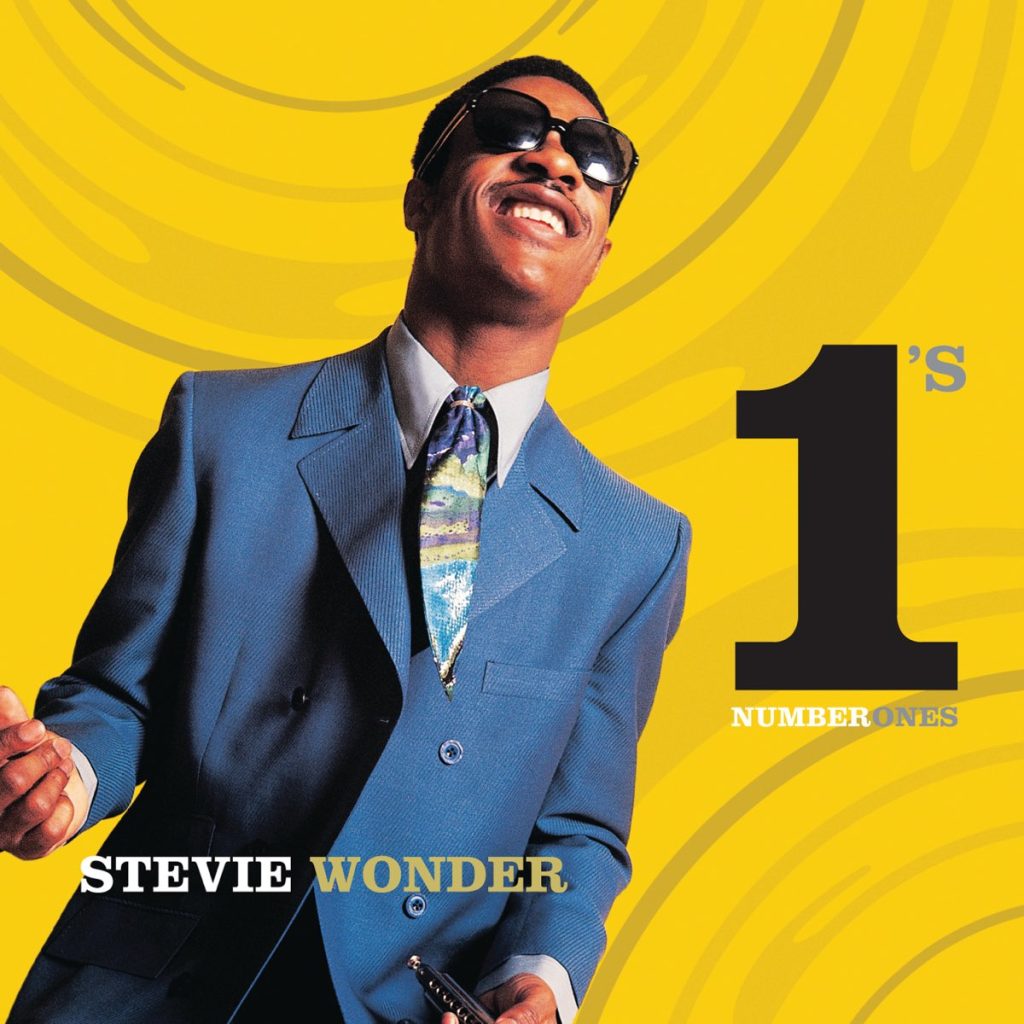
Stevie Wonder’s “Fingertips Pt. 2”: The Birth of a Child Prodigy and a Chart-Topping Phenomenon
When Stevie Wonder released “Fingertips Pt. 2” in 1963, the music world witnessed the emergence of one of its greatest talents. This live recording, captured at a Motortown Revue performance, catapulted the 12-year-old Wonder into the spotlight, marking the beginning of a legendary career. The song made history by reaching No. 1 on the Billboard Hot 100, making Stevie Wonder the youngest artist ever to achieve this feat. The electrifying energy of “Fingertips Pt. 2” not only showcased Wonder’s extraordinary abilities but also solidified Motown’s reputation as a powerhouse of talent.
“Fingertips Pt. 2” is a musical tour de force, a spontaneous eruption of talent and energy that could only come from an artist like Wonder. The track is an impromptu jam session, with Wonder’s youthful exuberance and virtuosity at the forefront. Armed with a harmonica and backed by a tight, responsive band, Wonder captivates the audience with a performance that is both raw and polished. The song’s structure is unconventional, with its call-and-response style, infectious groove, and the audience’s enthusiastic participation, all contributing to a sense of immediacy and excitement that’s rarely captured in a studio setting.
The live recording of “Fingertips Pt. 2” is particularly notable for the way it captures the sheer thrill of the moment. As Wonder leads the band through a frenetic pace, the musicians, initially caught off guard, quickly fall in line, creating an exhilarating experience for the listeners. The famous shout of “What key? What key?” by one of the band members as they scramble to keep up with Wonder’s impromptu harmonica solo has since become legendary, symbolizing the unplanned brilliance that makes live music so special.
The success of “Fingertips Pt. 2” was not just a milestone for Stevie Wonder but also for Motown Records. The label, known for its polished pop hits, proved it could also deliver spontaneous, high-energy performances that captured the raw essence of live music. Wonder’s chart-topping success with this single helped to further establish Motown as a dominant force in the music industry during the 1960s.
Lyrically, “Fingertips Pt. 2” is minimal, relying more on the infectious melody and rhythm to communicate its joyful energy. The song’s repetitive “Everybody say yeah!” chant, coupled with Wonder’s virtuosic harmonica playing, creates an atmosphere of pure fun and celebration. It’s a song that invites the listener to join in, to be part of the excitement, and it’s this communal spirit that helped make it a hit.
The impact of “Fingertips Pt. 2” cannot be overstated. It set the stage for Stevie Wonder’s subsequent career, one that would see him evolve from a child prodigy into one of the most influential musicians of the 20th century. The song’s success also demonstrated the potential of live recordings to capture the spontaneous magic of a performance, something that studio recordings, no matter how meticulously crafted, often struggle to replicate.
In retrospect, “Fingertips Pt. 2” is more than just a hit single; it’s a historic moment in music. It introduced the world to a young Stevie Wonder, whose talent and charisma were undeniable even at such a tender age. The song’s enduring popularity is a testament to its infectious energy and the timeless appeal of Wonder’s music. For those who experienced it in 1963, it was clear that they were witnessing the beginning of something truly special—a musical journey that would continue to inspire and delight audiences for generations to come.